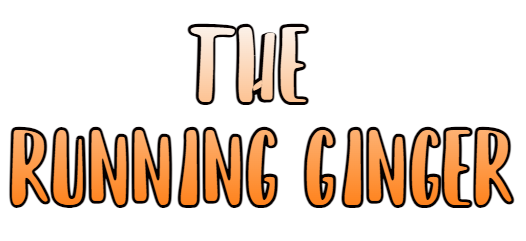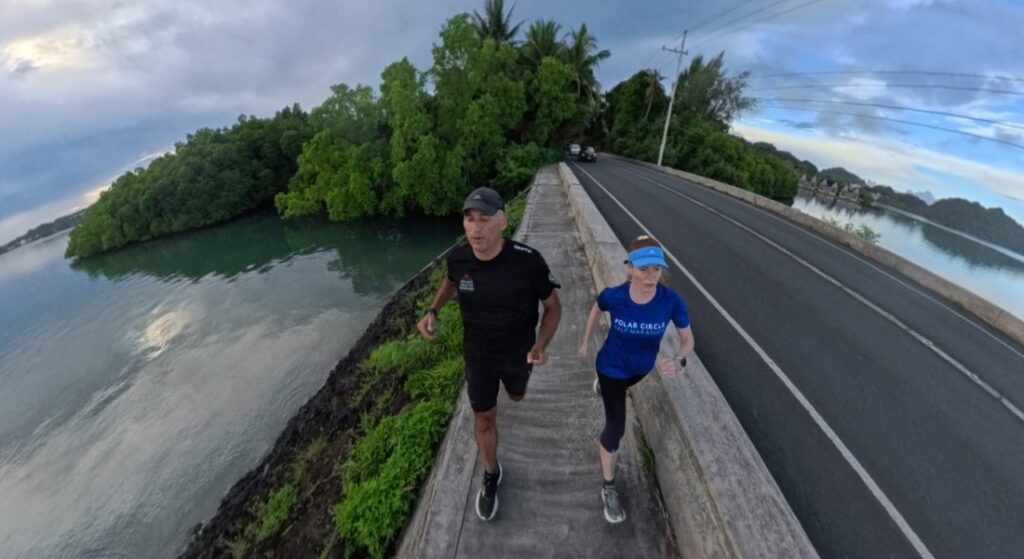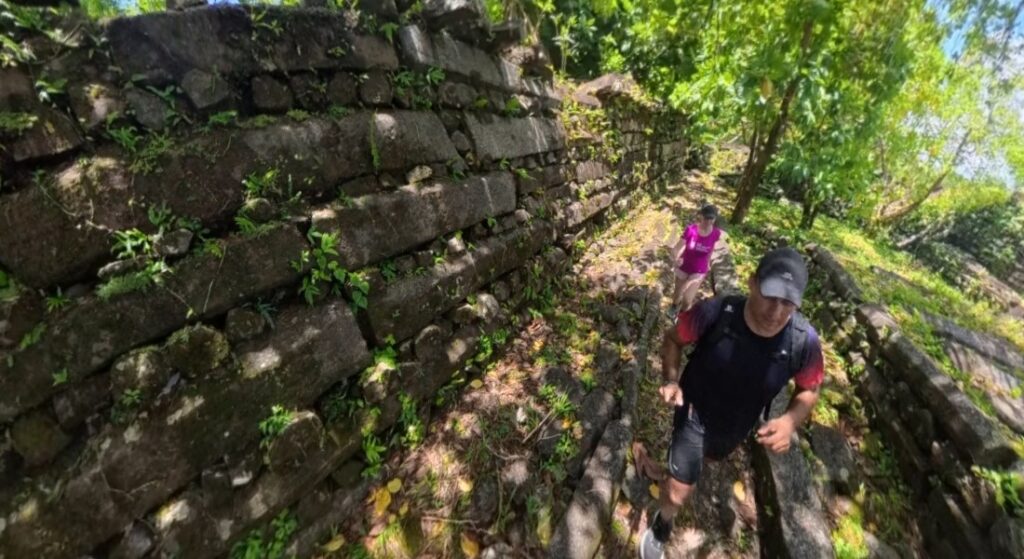Howth Head, Ireland. May 2023.
In May, running along the impressive cliffs of Howth Head allows you to enjoy every shade of green in its luscious nature, the limpid blue of the Dublin Bay sea, the fierce yellow of the gorse, and the violets of its heathers.
TLDR; “too long, didn’t read”
- I just want to run! Take me to RUN.
- I have 1 minute. Take me to USEFUL INFORMATION.
- Running is my excuse for travelling. Take me to TRIP.
- I want to know what to read in the plane. Take me to ONE BOOK.
🌍 The trip 📷: What to see around Howth Head in a day
Around Dublin there are plenty of wonderful places without actually having to go downtown.
We visited Malahide Castle, which was owned by the same family, the Talbots, for almost 900 years, and which has magnificent gardens, a “butterfly house” where more than twenty species of butterflies flutter, and … ghosts.

We did not see any ghosts, but we did see many runners in its more than 260 acres of land. A running option for next time: noted.
The sea, gray and yellow, surged.
James Joyce, “Ulysses”
The sand, yellow and gray, heaped to the windward, lying at the foot of the wall that came sloping down obliquely

Lunching is inevitable!
To re-energize after our run, we chose a typical Irish pub, on Howth’s summit itself: with its vermilion-painted timbers, as dark as its atmosphere, high velvet stools, bladed fans and all kinds of Guinness sponsored items.

We ate fish and chips in the somber atmosphere while the pub owner, a red-cheeked Irishman, was telling stories of his trip to New York to a local sitting at the bar. All very folkloric 🙂
🏃♀️ The run
We ran around the Howth peninsula, north-east of Dublin, to explore the trails that line its impressive cliffs.
We set off from the Summit’s car park, from where several trails start. They are all very well indicated.
The atmosphere
The wind was blowing and the temperature was barely close to double figures, despite being end of May; sad posters with the faces of people who disappeared on these cliffs testified to the harshness of the geography and character here. Despite being a working Monday morning, there were quite a few tourists; including many locals, whom I noted for their disdain for the weather: I saw quite a few girls with pale celtic physiques in very short pants.
The trails
The trails vary in distance and difficulty, from three to twelve kilometers, and we decided on the path marked in green, which is made of quartzite gravel, characteristic of Howth. The path, hilly but solid and wide, borders the coast at a prudent distance from the vertiginous cliffs.

The other paths, which we walked later, are of dirt and very difficult to run, due to their narrowness and unevenness: but they provide views of almost vertical falls that end in capricious rocks or small beaches. If you dare, you can even try to go down to the appropriately called “hidden beach” while the seagulls fly low and you begin to notice the smell of the sea, with its algae and saltpeter.
Baily lighthouse
The path we ran on is deceptive, since the first sections are downhill. Together with the beautiful landscape, including the Baily lighthouse (still in operation), lifts your spirits and makes you run fast. The way back will be harder: after all, the end of the route is, as its name suggests, at the highest point.

When the wind blows, the thermal sensation is very cold and it is advisable to dress warmly (we wore long t-shirts and pants, which also proved useful due to the nettles that are to be found in the narrowest paths). But in the sections without wind, if it’s sunny, you will want to take off some layers. When the wind does not blow, the miracle of silence occurs. You only hear your breathing and your footsteps on the white quartzite.
By the way: the same white stone with which the “6 EIRE” sign (visible nowadays after being “recovered”) was built in the years of the Second World War, to mark the territorial limits of the neutral Ireland.
Howth’s castle
And if you choose to go all the way around the peninsula and get to town, you will see Howth’s castle… and you can rest assured that you will be welcome! Thanks to the feudal lady (and occasional pirate) Gráinne O’Malley, who in 1576 attempted a courtesy call on the Earl and was turned away. She reacted by kidnapping his grandson and making him promise that unexpected visits would be accepted in the future! Also for this reason, the gates to the Deer Park remain, to this day, always open.
In summary, running in the spring months, as we were lucky enough to do, lets you enjoy the explosion of life and colors of its nature: in Howth, the grass and shrubs display every possible color of green, and heather and hawthorn are blooming in colorful blues, purples or whites, while the yellow of the gorse spreads everywhere.

Useful information
🏃♀️ Trails ranging from 3 to 12 kilometers in Howth Head, Dublin, Ireland.
👟 Trail shoes (although, if not muddy, in the main trail you can safely run with asphalt shoes). Both warm and light clothes, as the weather turns very unexpectedly. Hydration, if you plan to run or walk for a long time and a running rain jacket!
⛰️ Difficulty High. The trails are hilly; the ones running along the cliffs are also dangerous. They are narrow and can get extremely muddy.
✅ A place of extraordinary beauty
✅ Easily accessible from Dublin (there is a bus to the Summit), with facilities
❌ It can be dangerous, because the cliffs are neither indicated nor protected in several points
❌ The changing weather and the wind can turn a casual jog into a survival exercise

Reading list & more
| 📖 “Ulysses” & “Dubliners”, by James Joyce. 📖 “Three bags full”, by Leonie Swann. 🎬 “The commitments”, Alan Parker, 1991. 🎬“The wind that shakes the barley”, Ken Loach, 2006. |
“Three bags full” by Leonie Swann.
An entertaining novel, an atypical murder mistery: a bunch of sheeps investigate the death of their farmer.
I enjoyed this book, that I had read a few years ago and I read again for the trip, because it captures in a very funny way some of the stereotypes of Ireland.
⭐⭐⭐⭐
“Ulysses” and “Dubliners” by James Joyce
I have tried to read “UIysses” previously and never got to finish it. While I understand it is a masterpiece of a novel, with his way of writing is so beatifully intrincated, I prefer “Dubliners”. In this collection of short stories, Joyce depicts with insight the Irish middle class during the first decades of the XX century, which was a very turbulent time.
⭐⭐⭐⭐




